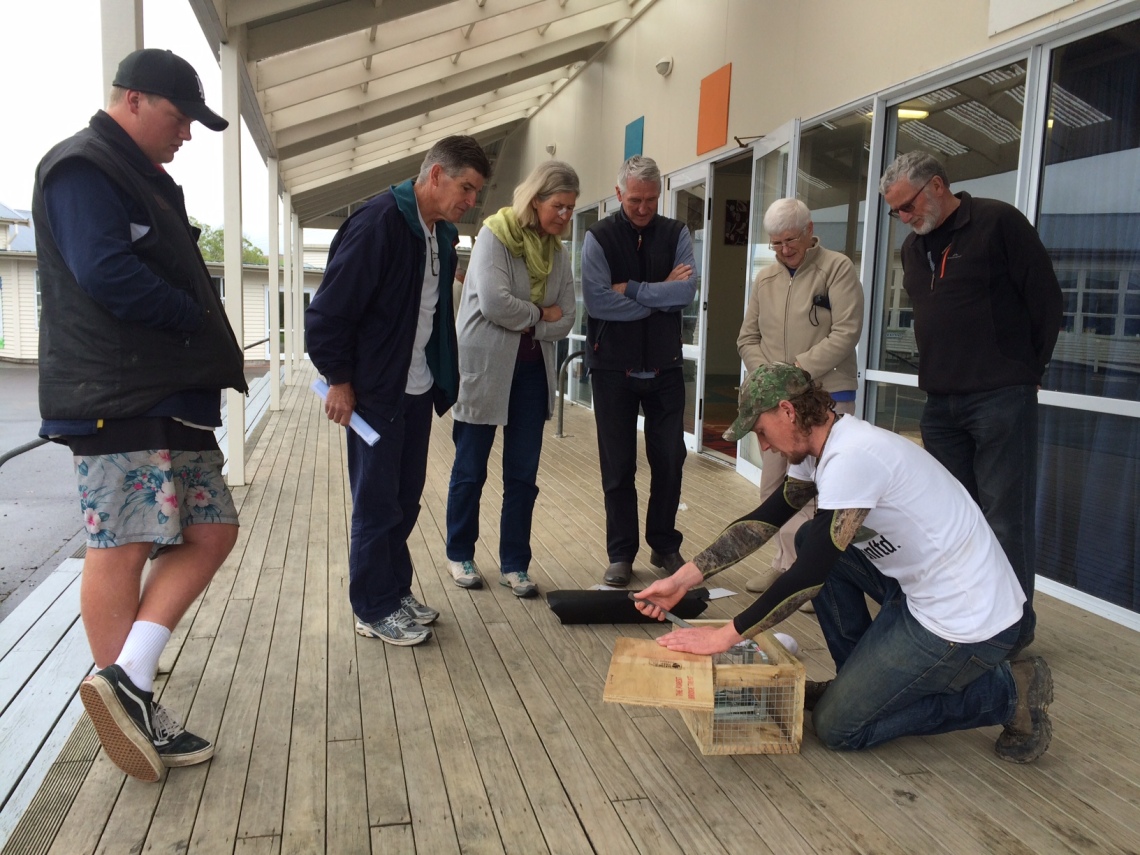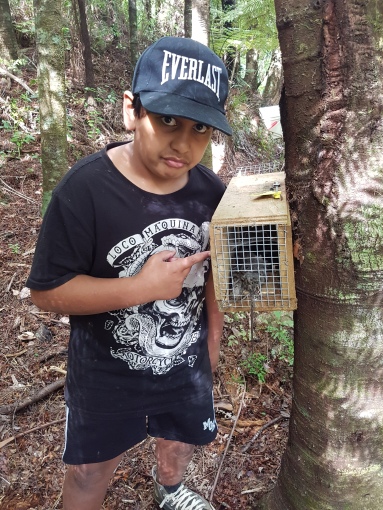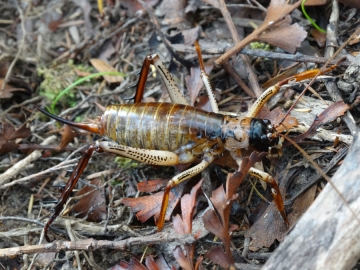Free pest control workshop were held in Tomarata, Kaipara Flats and Ahuroa in May.
More than 70 farmers attended the three workshops, with most taking home at least one trap to enhance their pest control.
The workshops were held at a variety of locations. This allowed people to gain knowlege on how to trap pests in different settings. Locations included dairy, sheep and beef farms. Each with their own trapping challenges – chook houses, possum browsed orchards and some magnificent remnant kauri forests.
The Kaipara Flats workshop had an extra attendee – a possum in the rafters of the woolshed used as a venue.
The workshops have also seen some great networks being formed, with people sharing contacts to form local support groups.
A big thanks goes to those people who allowed us to use their properties for the workshops.



















 Even the onset of daylight saving didn’t stop over 20 folk from the Matakana
Even the onset of daylight saving didn’t stop over 20 folk from the Matakana


